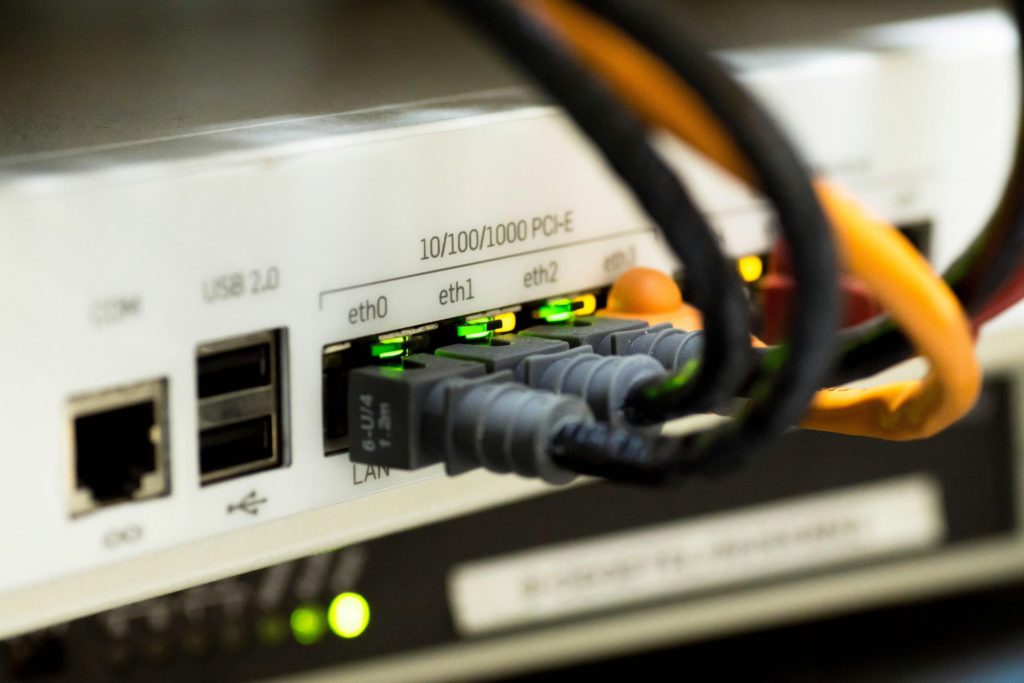As more people start working from home to limit the spread of COVID-19, they’re using internet networks for activities usually reserved for the workplace. Most home networks are not equipped to handle all the video conferencing and file-uploading you may be doing at the moment. Here are 5 easy ways to get faster internet speed – because we could all use a little boost right now!
Time-shifting
If a lot of people in your area are doing high-bandwidth activities at the same time, it could slow things down for everyone. By time-shifting that 9 am video call 10 minutes ahead or behind will avoid connection issues and put less strain on the videoconferencing services, you’re using.
Wait to update and download to after-hours when internet use is down and congestion is low. On Windows, you can pause downloads for a week, or schedule them to resume on a day of your choosing (like the weekend). You can also adjust the automatic installation of updates to accommodate the hours you set manually. While you can’t schedule updates to happen at night on your Mac, you can disable its automatic update feature and update yourself manually whenever the mood strikes you.
Idle devices
While you might be the only one working from home, you aren’t using the only device that’s accessing the web. While you might not think your smartphone is doing a lot of downloading in your pocket, idle devices can still pull down software updates, eating up precious bandwidth. Shut down, unplug or disconnect your extra devices while they’re not in use if speed is your priority.re
Hidden router
Your router is an eyesore, but hiding it behind the couch or putting it under a table is not doing you any favors in terms of connectivity. Doors, walls, and everything else in your router’s way will degrade the range and connection strength, especially if you’re working in another room. To alleviate the issue, consider showing off your wireless router, placing it somewhere prominent — or at least somewhere unobstructed. After all, it’s not like anyone’s coming over to criticize your interior design these days.
Upgrade time
If you haven’t upgraded your router lately, or you’re using your modem’s built-in wireless router capabilities to stay online, it might be time to get a new one. If you’ve got multiple people at home, all vying for the same internet connection, you might want to upgrade your router to one more capable of handling all that traffic from multiple devices.
If you already work near your wireless router, you could be fine upgrading to one that supports MU-MIMO, a standard that lets multiple devices transmit and receive data simultaneously instead of waiting their turn (if both your router and the device you’re using supports MIMO.)
A home Wi-Fi booster, Wi-Fi repeater, or Wi-Fi extender can all extend your network, either by amplifying existing signals or repeating the signal without any modifications.
Whatever you do, it’s generally a good idea to avoid using the router that your Internet provider supplied. They’re generally slower than routers you can buy for yourself.
Wired connections are better
Consider breaking out the Ethernet cable and making a direct connection between your device and your router. Wireless internet is certainly convenient, but one drawback is its latency — the time it takes for signals to go back and forth between router and device — especially compared to a wired connection. That latency leads to lost information, which leads to lag and degraded quality.
If the above tips don’t help enough, you can consider paying extra for a faster Internet connection, either from your current provider or by switching to a new one, if available. Keep in mind, though, that your actual Internet speeds might fall short of the advertised numbers, for a variety of reasons.
5 easy ways to boost your internet speed

